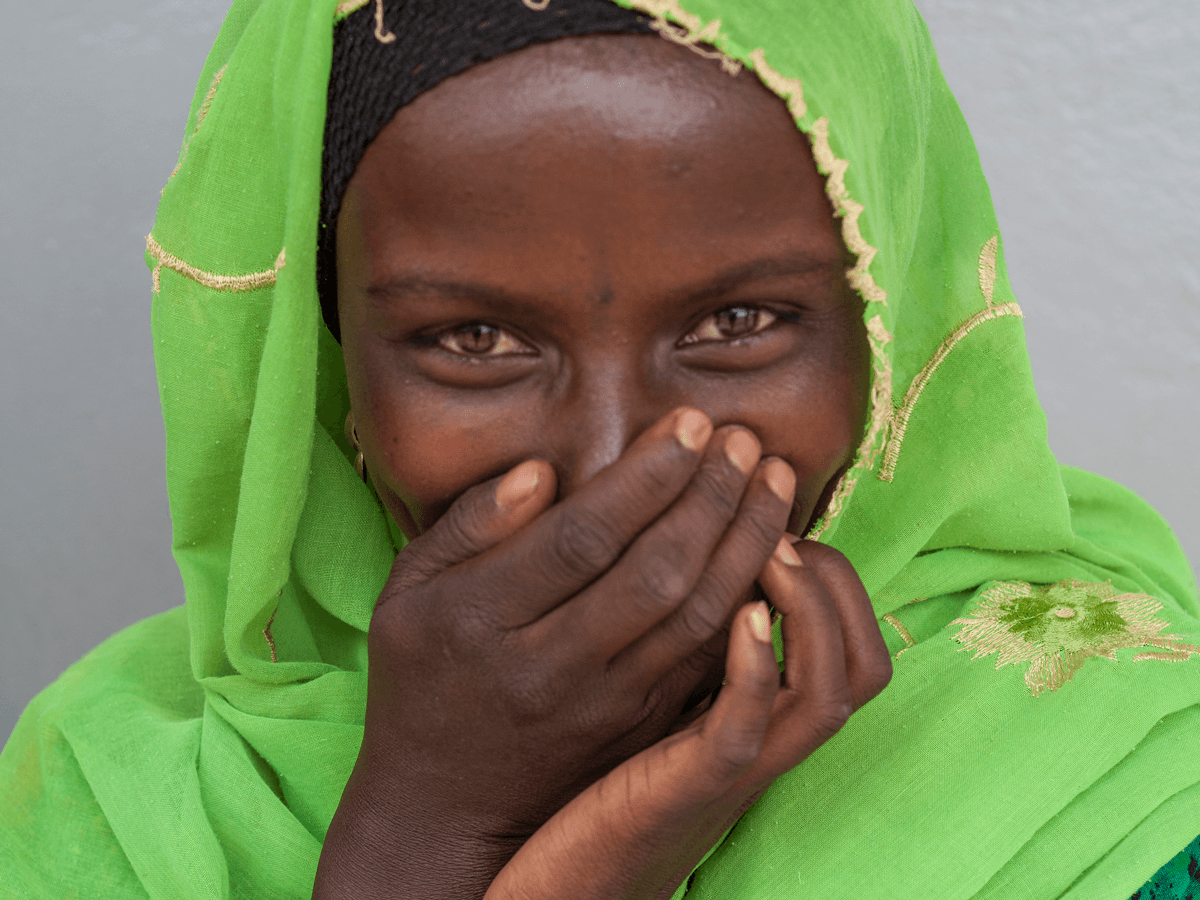Ayton SG, Pavlicova M, Tamir H, Abdool Karim Q.
Sex Transm Infect. 2019 Jul 20. pii: sextrans-2019-054067. doi: 10.1136/sextrans-2019-054067. [Epub ahead of print]
Abstract
OBJECTIVES:
Adolescent females in sub-Saharan Africa bear a disproportionate burden of new HIV infections but have been excluded from prognostic research, such as developed risk calculators. This study examines whether validated risk calculators, which calculate HIV risk among sub-Saharan African women, can be modified to assess HIV risk among adolescent girls. The performance of selected risk variables from validated calculators and the literature was evaluated among adolescent females using modern advanced statistical tools.
METHODS:
Risk variables for the updated tool were selected from the CAPRISA 007 (CAP007) trial (2010-2012) questionnaires. An initially HIV-seronegative cohort of rural South African female high school students (n=1049) aged 14-25 years was selected. The number and characteristics of latent factors, or dimensions, underlying selected variables were assessed using exploratory factor analysis (EFA). The updated tool’s effectiveness identifying trends in adolescent risk were assessed with latent class analysis (LCA).
RESULTS:
EFA identified two key latent factors: sexual behaviour and socioeconomic risk factors. Latent sexual behaviour risk influenced contraception use (0.883), perceived HIV risk (0.691) and pregnancy (-0.384). Latent socioeconomic risk influenced low HIV knowledge (0.371), financial dependence (0.532), prior HIV testing (-0.379) and alcohol use (-0.332). Using LCA, three underlying categories of adolescent females were identified: those with no, low and high risk of HIV (1.10%, 2.26% and 2.91% 1-year seroconversion rates, respectively). Herpes simplex virus serotype-2, condom contraception, alcohol use, pregnancy and age were significantly associated with higher risk class membership, while non-condom contraception was associated with lower risk class membership.
CONCLUSIONS:
Adolescent females are at unequal risk of acquiring HIV. Findings suggest the updated tool captures two main facets of adolescent characteristics and may identify differential risk. This work supports further investigation to inform development of targeted differentiated interventions and efficient prognostic tools for adolescents in high-risk settings.









